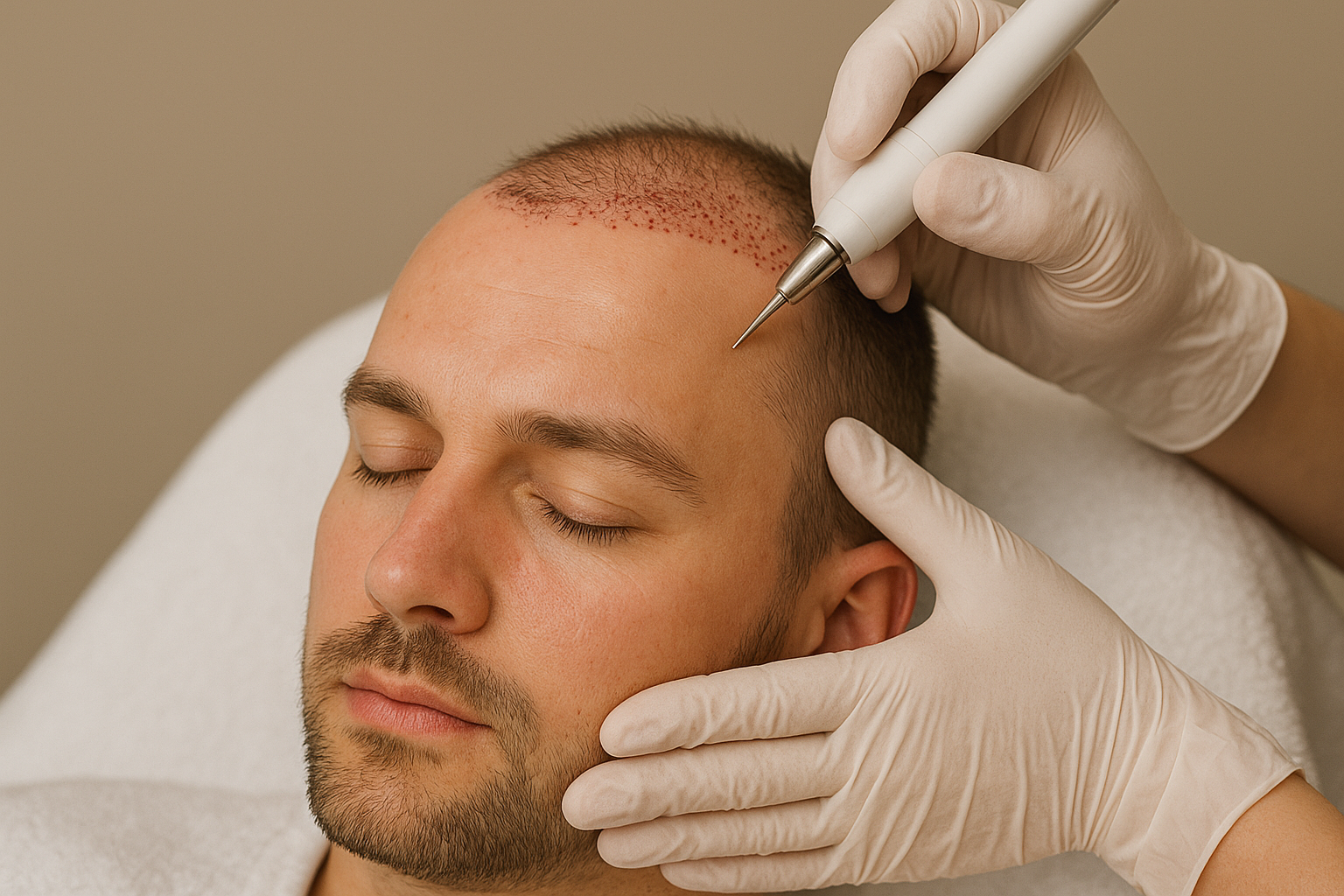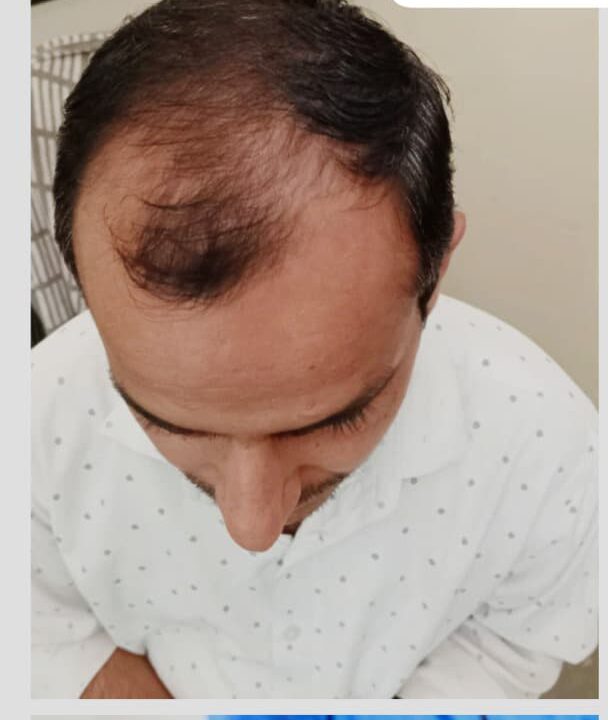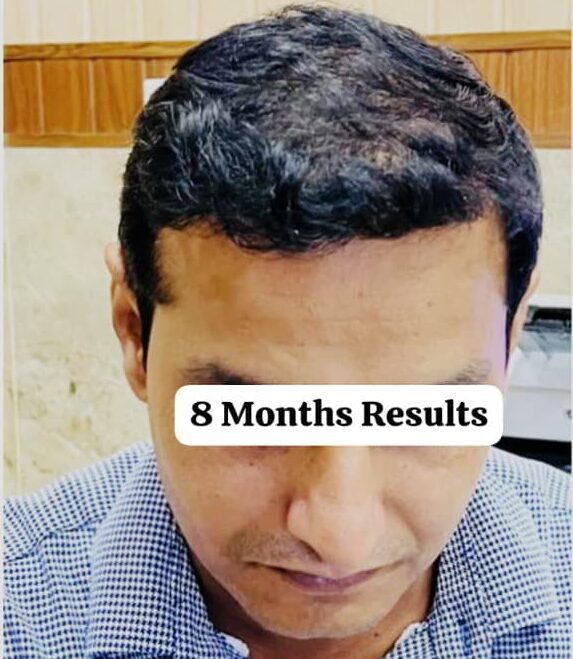- COSMETIC SURGERY
- HAIR TRANSPLANT
- HAIR TRANSPLANT COMPARISION CHART
- FUT (Follicular Unit Transplantation / Strip Method)
- FUE (FOLLCULAR UNIT EXTRACTION)
- INTERLOCKING FUE
- DHI (Direct Hair Implantation)
- DHT (Direct Hair Transplant)
- ROBOTIC FUE
- SAPPHIRE FUE
- CARDIOLOGY
- SKIN TREATMENT
- FILLERS
- HYDRAFACIAL
- FACE FAT REMOVING
- LASER HAIR REMOVAL
- ACNE TREATMENT
- BOTOX
- ANTI AGING SURGERY
- NAIL TREATMENT
- WART REMOVAL
CONTACT US

What is a Hair Transplant?
A hair transplant is a medical procedure that involves moving healthy hair follicles from one part of the body (usually the back or sides of the scalp, where hair growth is permanent) to areas where hair is thinning or completely bald. It is one of the most effective and permanent solutions for hair loss, especially in conditions like male pattern baldness, female pattern baldness, receding hairline, or thinning due to aging or hormonal changes.
Why Do People Choose Hair Transplant?
Hair loss can occur due to genetics, stress, medical conditions, hormonal imbalance, nutritional deficiencies, or side effects of certain medications. For many, it affects not only appearance but also confidence and self-esteem. A hair transplant helps restore natural-looking hair growth, giving patients a younger and more confident look.

Before

After
Benefits of Hair Transplant
A hair transplant offers numerous benefits, making it one of the most effective and long-lasting solutions for hair loss. The biggest advantage is that it provides a permanent and natural-looking result, since the transplanted hair is taken from the patient’s own scalp, ensuring it blends seamlessly with existing hair.

